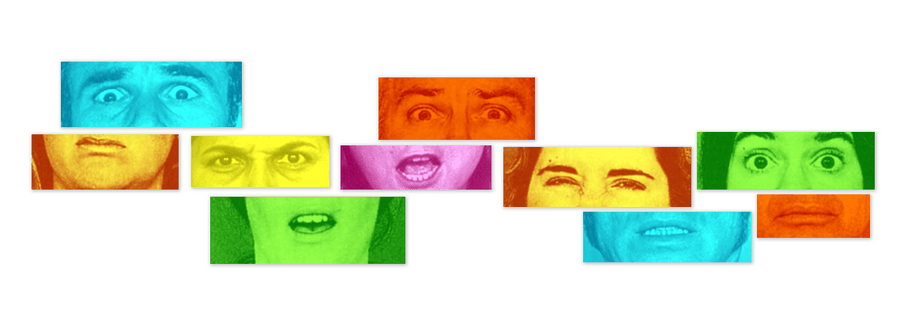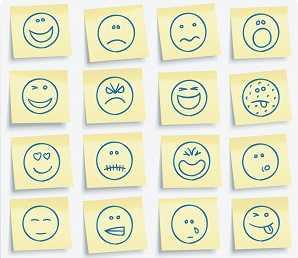There are six basic emotions
In the 1960s, researchers started to study facial expressions that matched six basic emotions: happiness, sadness, anger, surprise, fear, and disgust.
Some researchers now say there are fewer than six basic emotions, and others say there are more (up to 21). But the idea remains that emotions are biologically universal to all humans, and displayed through facial expressions.
118
850 reads
CURATED FROM
IDEAS CURATED BY
The idea is part of this collection:
Learn more about personaldevelopment with this collection
Creating a productive schedule
Avoiding procrastination
Prioritizing tasks effectively
Related collections
Similar ideas to There are six basic emotions
Emotions: A Primer
Basic emotions like anger, surprise, disgust, joy, fear and sadness are thought to be universal, and a naturally-occuring reflexive response to a given situation, event or circumstance.
New studies show that human emotions are far more nuanced, and just like primary colors produce thousand...
Basic emotions
When you're building out your solution and setting up your marketing, think about what emotional values your customers are chasing. Then make them feel it.
The eight basic emotions paired in opposites are: Joy — Sadness, Anger — Fear, Trust — Distrust, Surprise — Anticipation.
Read & Learn
20x Faster
without
deepstash
with
deepstash
with
deepstash
Personalized microlearning
—
100+ Learning Journeys
—
Access to 200,000+ ideas
—
Access to the mobile app
—
Unlimited idea saving
—
—
Unlimited history
—
—
Unlimited listening to ideas
—
—
Downloading & offline access
—
—
Supercharge your mind with one idea per day
Enter your email and spend 1 minute every day to learn something new.
I agree to receive email updates

